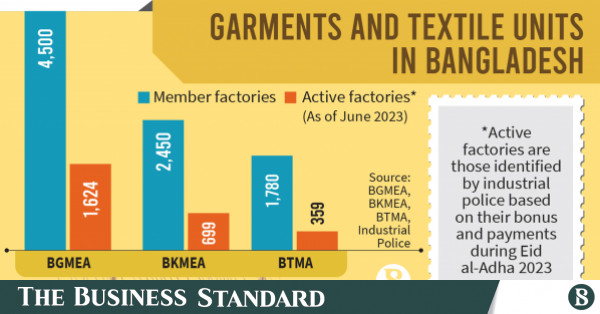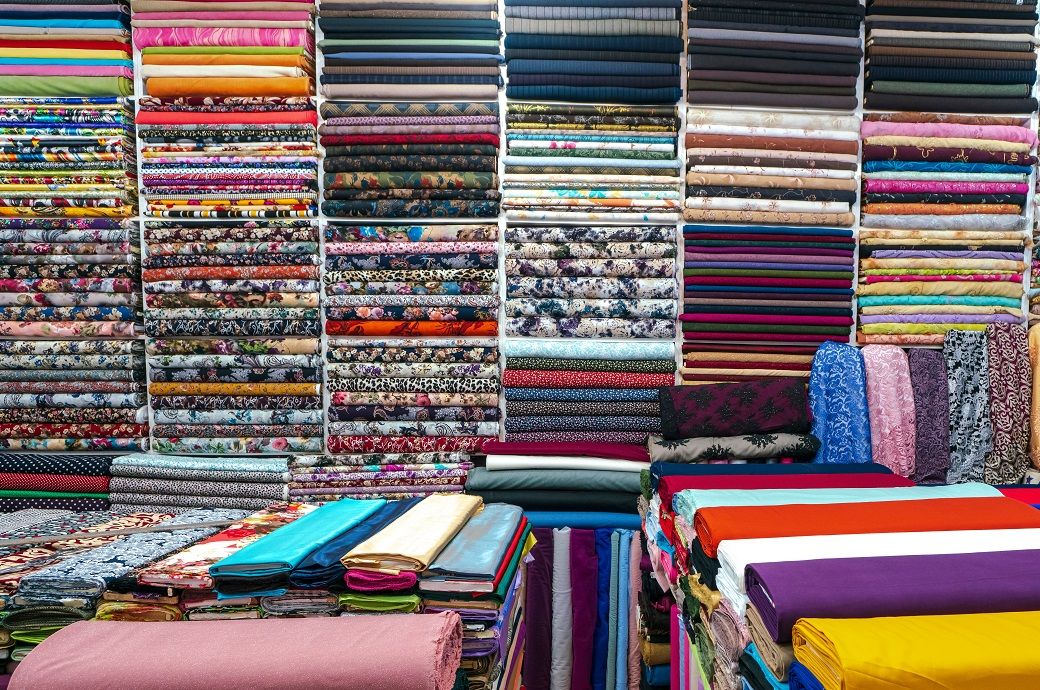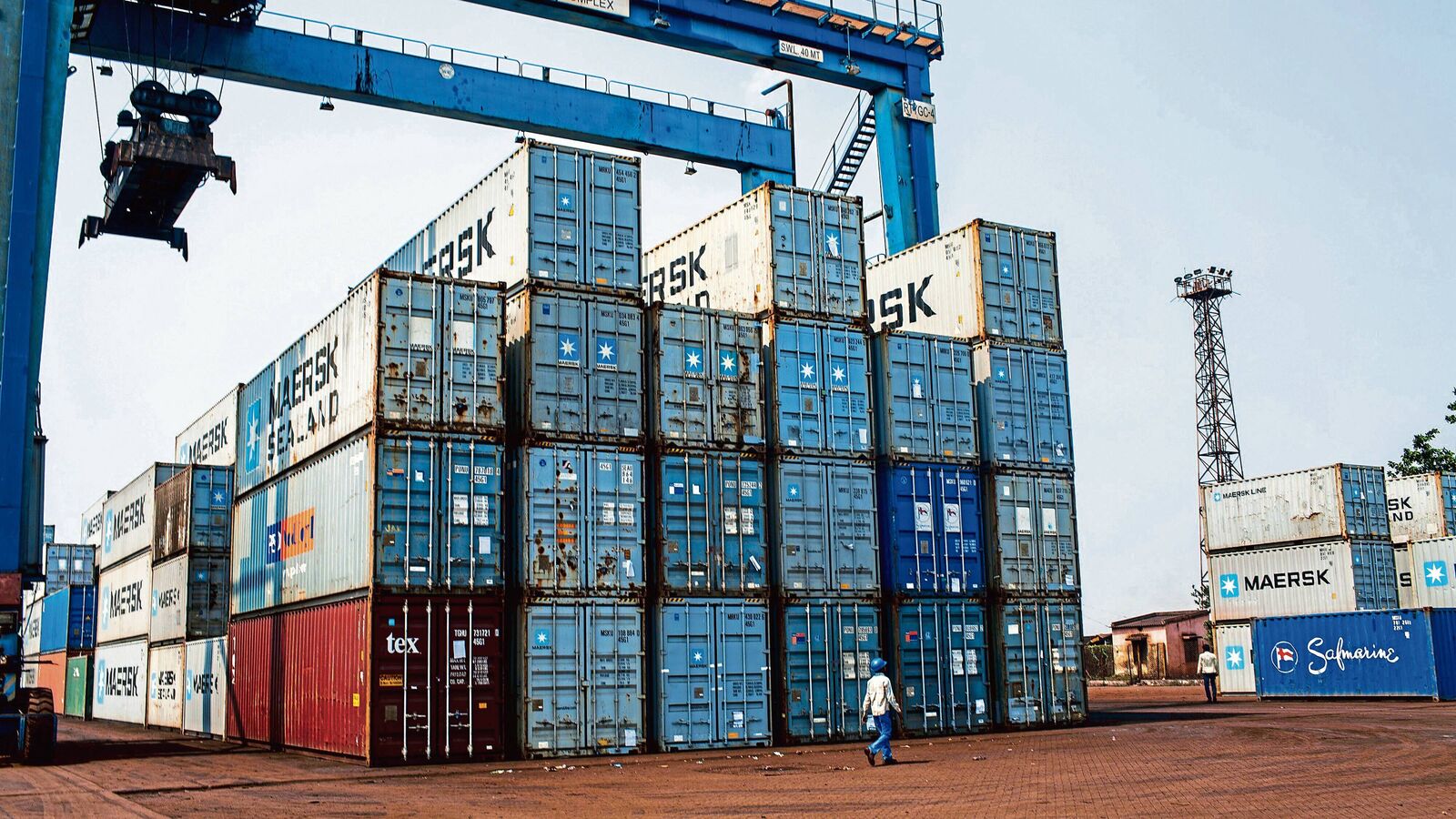Remembering Lee Kuan Yew and What He Had to Say About India
https://www.thequint.com/news/world/what-lee-kuan-yew-had-to-say-about-india
I belong to that generation of Asian nationalists who looked up to India’s freedom struggle and its leaders Mahatma Gandhi and Pandit Jawaharlal Nehru.
The words of Singapore’s ‘founding father’ Lee Kuan Yew who transformed Singapore from just another nondescript colonial outpost and sea port to a global financial power centre. The Economist’s Where-to-be-born Index in 2013, ranked Singapore 6 out of 111 countries.
Until his death at the age of 91, Lee remained a highly-revered figure in Singapore. He was the island city-state’s first and longest-serving Prime Minister having served for over three decades till 1990.
Lee looked up to India’s Nehru, but it was China’s Deng Xiaoping whom he seemed to have inspired.
Lee’s views on India ranged from admiration to friendly nudges to strong disdain.
“How Will Lee Yuan Kew Govern India?”
In 2013, an IAS officer asked Lee if he could do to India what he did to Singapore.
Lee responded, “No single person can change India”, putting it down to the complexity created by its diverse culture and nature. India, Lee continued, “is diverse and therefore it has to work at its own speed.”
“As I grew up there are many different Indias and that stays true today. If you make the whole of India like a Bombay, then you get a different India,” Lee suggested pointing towards Mumbai’s ability to assimilate from across different backgrounds.
Lee even had a mantra for Indian politicians on good governance, “Integrity - absence of corruption, meritocracy - best people for the best job and a fair level playing field for everybody.”
“Unfulfilled Greatness”
Lee spoke of India’s potential and its long overdue “tryst with destiny”. In the second volume of his memoirs, published in 2000, he wrote,
India is a nation of unfulfilled greatness. Its potential has lain fallow, under used.
“Not a Real Country”
When Nehru was in charge, I thought India showed promise of becoming a thriving society and a great power,” but it has not “because of its stifling bureaucracy” and its “rigid caste system.” Being deliberately provocative, Lee says: “India is not a real country. Instead it is thirty-two separate nations that happen to be arrayed along the British rail line.
- In a series of interviews to Harvard Kennedy School’s Graham Allison and former US Ambassador to India, Robert D. Blackwill, published in 2013.
“No Longer a Wounded Civilisation”
India is an intrinsic part of this unfolding new world order. India can no longer be dismissed as a “wounded civilisation”, in the hurtful phrase of a westernised non resident Indian author (V.S. Naipal). Instead, the western media, market analysts, and the International Financial Institutions now show-case India as a success story and the next big opportunity.
- At the 37th Jawaharlal Nehru Memorial Lecture on 21st Nov 2005 in New Delhi.
“Not Going to be Everybody’s Lackey”
There will be the U.S., there will be China, the Indians are going to be themselves, they’re not going to be everybody’s lackey. They may not be as big as China in GDP.
- In an interview to veteran journalist Charlie Rose.
On India and China
If India were as well-organized as China, it will go at a different speed, but it’s going at the speed it is because it is India. It’s not one nation. It’s many nations. It has 320 different languages and 32 official languages.
Jul 25, 2013
"If someone were to give you India today, can you do to India what you did to Singapore over the last three decades?" Former Minister Mentor Lee Kuan Yew gives his take.
https://www.thequint.com/news/world/what-lee-kuan-yew-had-to-say-about-india
I belong to that generation of Asian nationalists who looked up to India’s freedom struggle and its leaders Mahatma Gandhi and Pandit Jawaharlal Nehru.
The words of Singapore’s ‘founding father’ Lee Kuan Yew who transformed Singapore from just another nondescript colonial outpost and sea port to a global financial power centre. The Economist’s Where-to-be-born Index in 2013, ranked Singapore 6 out of 111 countries.
Until his death at the age of 91, Lee remained a highly-revered figure in Singapore. He was the island city-state’s first and longest-serving Prime Minister having served for over three decades till 1990.
Lee looked up to India’s Nehru, but it was China’s Deng Xiaoping whom he seemed to have inspired.
Lee’s views on India ranged from admiration to friendly nudges to strong disdain.
“How Will Lee Yuan Kew Govern India?”
In 2013, an IAS officer asked Lee if he could do to India what he did to Singapore.
Lee responded, “No single person can change India”, putting it down to the complexity created by its diverse culture and nature. India, Lee continued, “is diverse and therefore it has to work at its own speed.”
“As I grew up there are many different Indias and that stays true today. If you make the whole of India like a Bombay, then you get a different India,” Lee suggested pointing towards Mumbai’s ability to assimilate from across different backgrounds.
Lee even had a mantra for Indian politicians on good governance, “Integrity - absence of corruption, meritocracy - best people for the best job and a fair level playing field for everybody.”
“Unfulfilled Greatness”
Lee spoke of India’s potential and its long overdue “tryst with destiny”. In the second volume of his memoirs, published in 2000, he wrote,
India is a nation of unfulfilled greatness. Its potential has lain fallow, under used.
“Not a Real Country”
When Nehru was in charge, I thought India showed promise of becoming a thriving society and a great power,” but it has not “because of its stifling bureaucracy” and its “rigid caste system.” Being deliberately provocative, Lee says: “India is not a real country. Instead it is thirty-two separate nations that happen to be arrayed along the British rail line.
- In a series of interviews to Harvard Kennedy School’s Graham Allison and former US Ambassador to India, Robert D. Blackwill, published in 2013.
“No Longer a Wounded Civilisation”
India is an intrinsic part of this unfolding new world order. India can no longer be dismissed as a “wounded civilisation”, in the hurtful phrase of a westernised non resident Indian author (V.S. Naipal). Instead, the western media, market analysts, and the International Financial Institutions now show-case India as a success story and the next big opportunity.
- At the 37th Jawaharlal Nehru Memorial Lecture on 21st Nov 2005 in New Delhi.
“Not Going to be Everybody’s Lackey”
There will be the U.S., there will be China, the Indians are going to be themselves, they’re not going to be everybody’s lackey. They may not be as big as China in GDP.
- In an interview to veteran journalist Charlie Rose.
On India and China
If India were as well-organized as China, it will go at a different speed, but it’s going at the speed it is because it is India. It’s not one nation. It’s many nations. It has 320 different languages and 32 official languages.
Jul 25, 2013
"If someone were to give you India today, can you do to India what you did to Singapore over the last three decades?" Former Minister Mentor Lee Kuan Yew gives his take.














